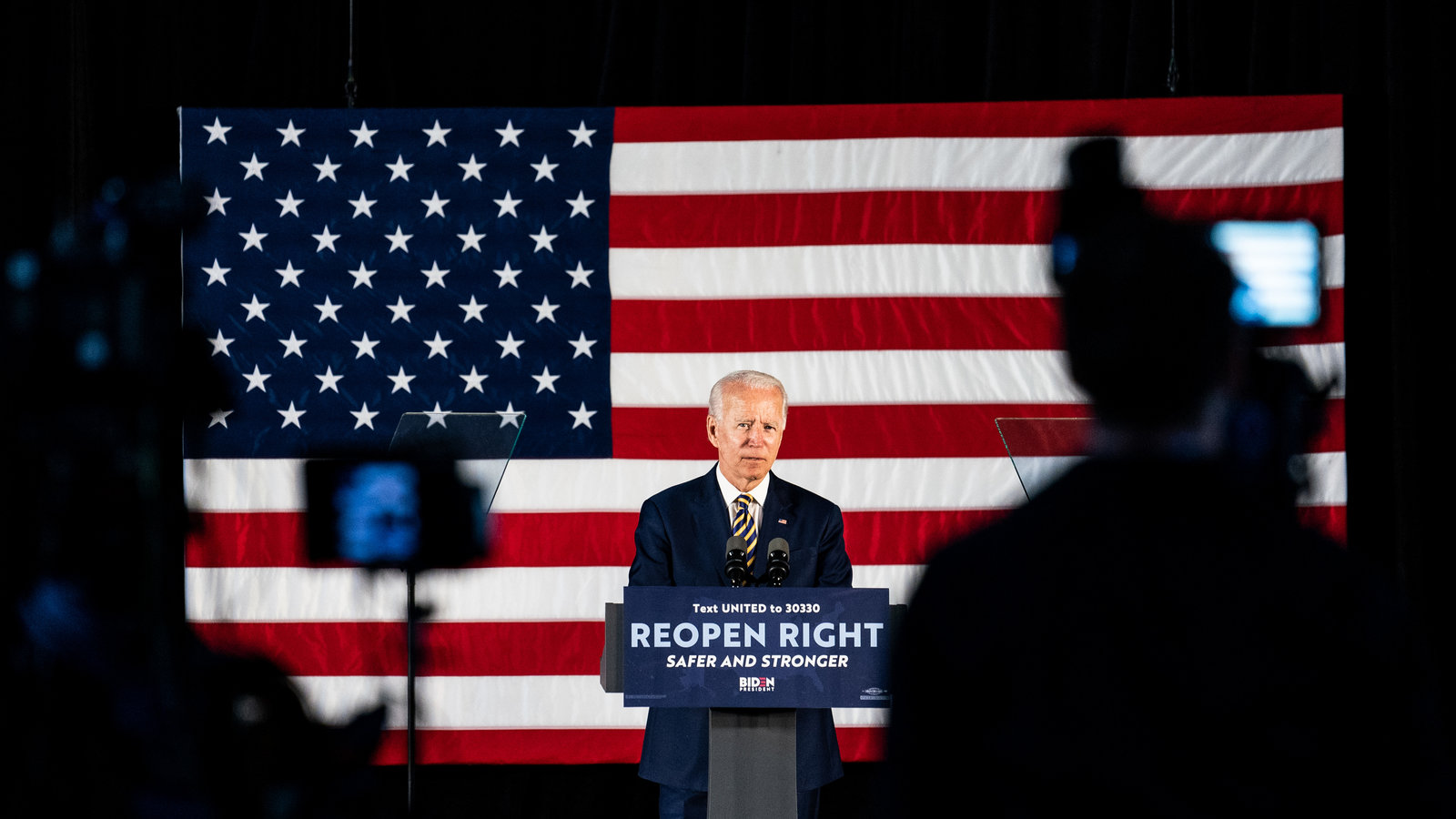In a move that has sparked significant debate, the Satanic Temple of Ohio has announced plans to introduce a religious after-school program for elementary school students. The initiative, called the After School Satan Club (ASSC), aims to provide a secular alternative to existing religious programs like the Christian-based Good News Club. This decision has ignited discussions about religious freedom, the separation of church and state, and the role of diverse belief systems in public schools.
The Satanic Temple: A Misunderstood Organization
The Satanic Temple (TST), founded in 2013, is a non-theistic organization often misunderstood due to its provocative name and imagery. Contrary to popular misconceptions, the group does not promote devil worship or any supernatural belief in Satan. Instead, it uses Satan as a symbolic figure representing rebellion, critical thinking, and the pursuit of knowledge.
The organization’s mission is to advocate for religious freedom, challenge authoritarianism, and promote secularism. TST has become known for its legal and cultural efforts, such as challenging religious monuments on public property, defending reproductive rights, and advocating for the separation of church and state.
The After School Satan Club: Goals and Curriculum
The After School Satan Club aims to counterbalance the presence of Christian-based extracurricular programs, such as the Good News Club, which are legally permitted to operate in public schools under the Supreme Court’s ruling in Good News Club v. Milford Central School (2001). This ruling allows religious groups to use public school facilities after hours, provided they comply with the same rules as secular organizations.
The ASSC focuses on science, rationalism, and critical thinking rather than religious indoctrination. Its curriculum includes activities that encourage creativity, problem-solving, and the exploration of moral reasoning through secular principles. Some core components of the program are:
- Creative Activities: Art projects and storytelling to foster imagination and self-expression.
- Critical Thinking Exercises: Activities designed to develop logical reasoning and skepticism.
- Science Education: Hands-on experiments and discussions about scientific concepts.
- Community Building: Emphasis on empathy, compassion, and inclusivity.
The Satanic Temple asserts that the program is not about proselytizing but about providing an inclusive environment where children can learn and grow without fear of religious coercion.
Public Reaction: Mixed and Polarized
The announcement of the After School Satan Club has elicited strong reactions from various quarters. Parents, educators, religious groups, and community leaders have expressed a range of opinions, from support to outrage.
Support for the Program
Proponents of the ASSC view it as a necessary step toward ensuring religious diversity and upholding the First Amendment. They argue that if Christian organizations are allowed to operate in public schools, other groups, including the Satanic Temple, should have the same rights.
- Promoting Religious Freedom: Supporters believe the ASSC exemplifies the principle of religious pluralism, emphasizing that public schools should be spaces where multiple perspectives are welcome.
- Counteracting Indoctrination: Advocates argue that programs like the ASSC help prevent religious monopolies in public education and encourage children to think critically rather than accept beliefs unquestioningly.
- Encouraging Tolerance: Some parents and educators see the club as an opportunity to teach children about diversity and the importance of respecting differing viewpoints.
Criticism and Concerns
Opposition to the program has been vocal, particularly from conservative and religious groups. Critics have raised several concerns, including:
- Moral Panic: The Satanic Temple’s name and imagery have led some to fear that the program promotes occult practices or immoral behavior.
- Inappropriate for Children: Many opponents feel that the group’s provocative branding and association with Satan are unsuitable for impressionable young minds.
- Disruption in Schools: Detractors worry that the program’s presence could lead to divisions and conflict within school communities.
Legal and Ethical Considerations
The debate over the After School Satan Club underscores broader legal and ethical questions about the role of religion in public schools.
The First Amendment and Religious Freedom
Under the U.S. Constitution, public schools cannot endorse or promote any particular religion. However, they are also required to accommodate religious expression on an equal basis. This principle, enshrined in the First Amendment, has been central to the Satanic Temple’s legal strategy.
By creating the ASSC, the Satanic Temple seeks to highlight the necessity of maintaining neutrality in public institutions. If schools allow Christian programs, they must also permit programs from other religious or non-religious groups, even if these groups are controversial or unpopular.
Ethical Questions
The controversy surrounding the ASSC raises important ethical questions:
- Parental Rights vs. Religious Freedom: Should parents have the right to shield their children from exposure to certain belief systems, or should schools prioritize inclusivity and pluralism?
- Impact on Children: Critics argue that the program could confuse or mislead children, while supporters contend that it fosters critical thinking and open-mindedness.
- Balancing Neutrality and Sensitivity: Schools face the challenge of accommodating diverse perspectives while avoiding unnecessary conflict or harm to their communities.
Precedents and Implications
The After School Satan Club is not the first initiative by the Satanic Temple to challenge traditional norms around religion in public spaces. The group has previously sought to install a statue of Baphomet alongside the Ten Commandments monument at the Oklahoma State Capitol and has fought for the inclusion of their holiday displays in public venues.
These efforts have often been successful in forcing public institutions to either accommodate all religious groups or remove religious symbols altogether. The ASSC is part of this broader strategy to promote equality and challenge religious privilege.
If the program gains traction in Ohio and other states, it could set an important precedent for how public schools handle religious programming. The controversy may also spark renewed discussions about the proper balance between secularism and religious freedom in education.
Community Dialogue: The Path Forward
The introduction of the After School Satan Club presents an opportunity for communities to engage in meaningful dialogue about religious diversity, tolerance, and the role of education. To navigate this contentious issue, stakeholders—including parents, educators, and religious leaders—must approach the discussion with empathy and an open mind.
Key steps to fostering constructive dialogue include:
- Educating the Public: Clarifying the mission and goals of the Satanic Temple and the ASSC to dispel misconceptions.
- Focusing on Common Values: Emphasizing shared principles such as critical thinking, empathy, and inclusivity that transcend religious differences.
- Encouraging Parental Involvement: Ensuring that parents have a voice in decisions about extracurricular programs while respecting the rights of all groups to participate.
Conclusion
The Satanic Temple’s decision to launch an After School Satan Club in Ohio elementary schools highlights the ongoing tensions between religious freedom and public education in the United States. While the program has been met with both support and opposition, it serves as a powerful reminder of the importance of upholding constitutional principles and fostering an environment where diverse perspectives can coexist.
As the debate unfolds, it is essential to remember that the ultimate goal of education is to prepare children for a world of complexity and diversity. Whether or not the After School Satan Club achieves widespread acceptance, its introduction challenges communities to reflect on what it means to create truly inclusive and equitable spaces for all.



